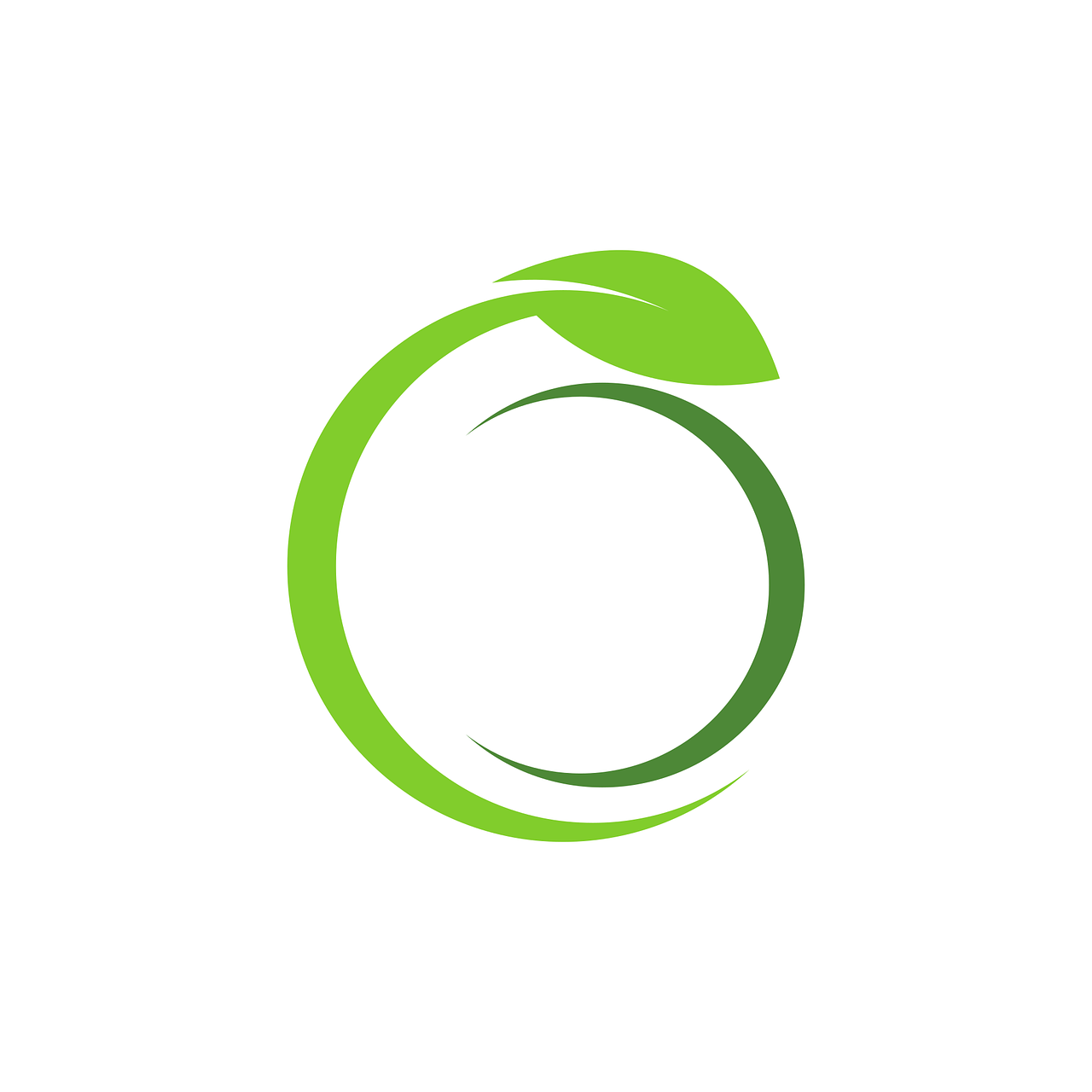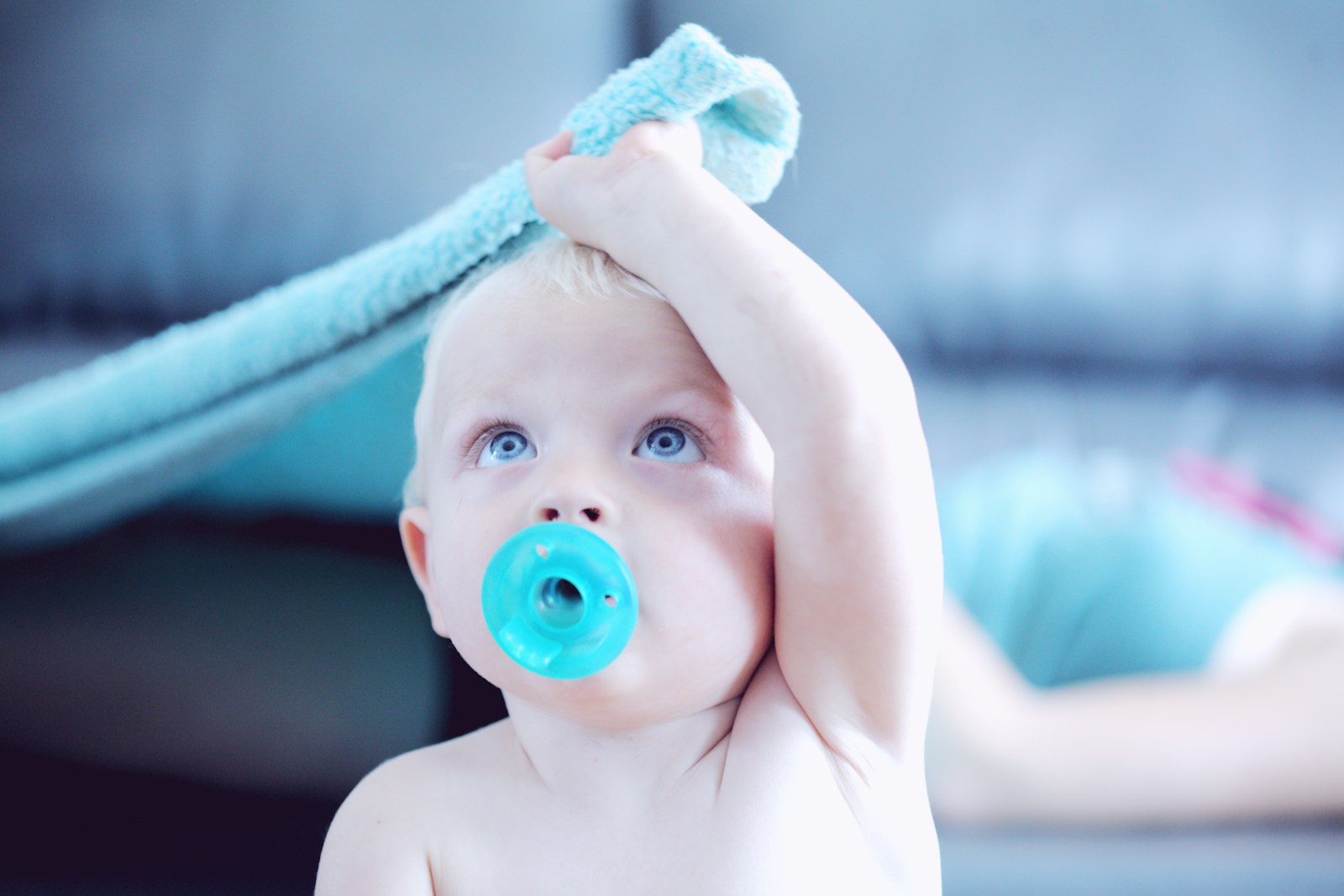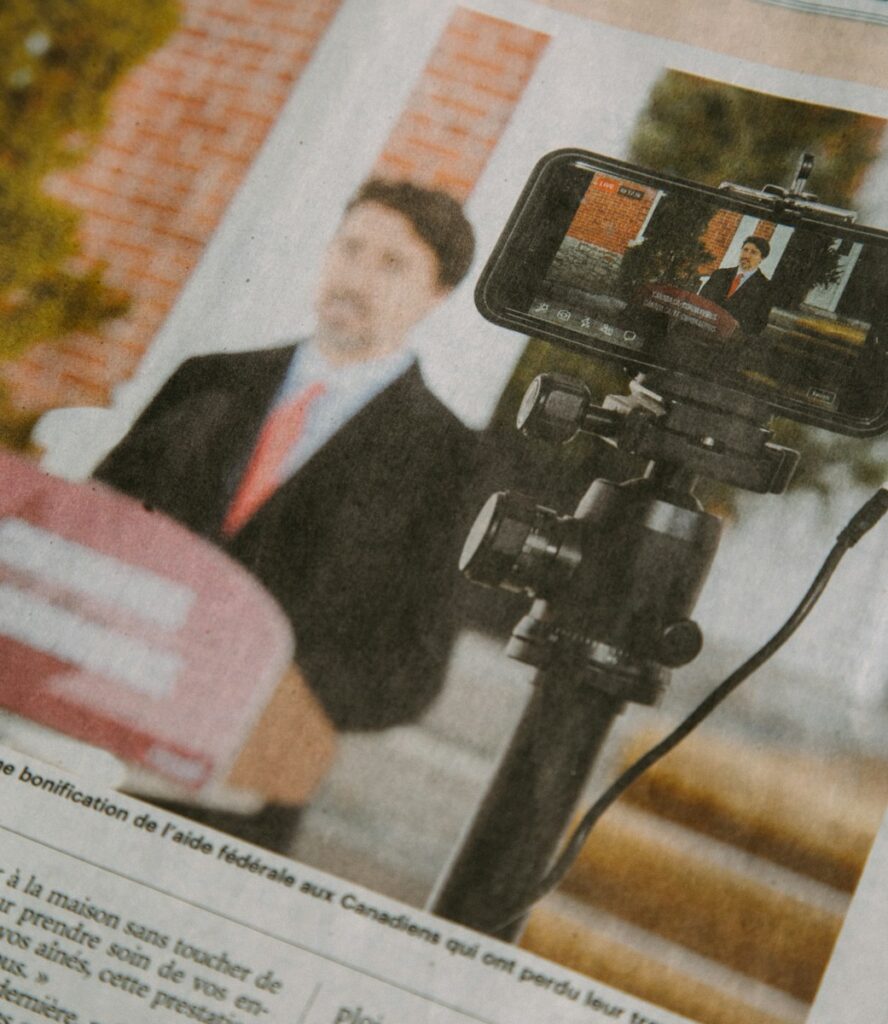Introduction
Navigating the journey of parenthood is no small feat, and when it comes to ensuring the optimal health and development of your baby, every decision counts. One area that often raises questions is the usage of cranial helmets for babies, especially when dealing with conditions like plagiocephaly. But how do you choose the best cranial helmets for babies, and what should you know before making a decision? Let’s dive into the essentials that every parent should be aware of.
Understanding Cranial Helmets
Cranial helmets, also known as cranial orthoses, are therapeutic devices used to correct the shape of a baby’s head. They’re typically recommended for infants with plagiocephaly, a condition where a baby develops a flat spot on one side of the head, often due to sleeping in one position for extended periods.
Why Are Cranial Helmets Necessary?
- Corrective Function: Helmets help gently shape the baby’s skull as they grow.
- Non-Invasive: It’s a non-surgical intervention, making it a preferred choice for many parents.
- Time-Sensitive: The earlier the intervention, generally between 4 to 12 months, the more effective the results.
Choosing the Best Cranial Helmets for Babies
Selecting the right cranial helmet can feel overwhelming, but focusing on a few key criteria can simplify the process:
1. Fit and Comfort
A well-fitted helmet should be snug but not too tight. Comfort is paramount as your baby will be wearing it for several hours a day. Look for helmets with padding and breathable materials to prevent skin irritation.
2. Customization
Customized helmets are designed based on your baby’s specific head shape. This personalized touch ensures optimal correction and comfort.
3. Material Quality
High-quality materials that are lightweight and durable are essential. They not only provide comfort but also ensure the helmet withstands daily wear and tear.
4. Ease of Cleaning
Babies can be messy, and a helmet that’s easy to clean will make life easier. Removable and washable liners are a big plus.
5. Professional Guidance
Ensure you’re working with a certified orthotist who can guide you through the fitting process and make necessary adjustments over time.
Popular Brands Offering the Best Cranial Helmets for Babies
Several brands stand out in the market for their quality and effectiveness:
- Doc Band: Known for its advanced technology and excellent customer service. It’s a leader in the field with proven results.
- Starband: Offers a variety of designs and is praised for its lightweight materials.
- CranioCap: Focused on both function and aesthetics, providing a comfortable fit with stylish options.
- Boston Band: A trusted name with a strong reputation in pediatric orthotic solutions.
How to Use Cranial Helmets Effectively
Consistency is key when using cranial helmets. Here’s a simple guide to ensure you’re on the right track:
- Follow the Schedule: Typically, babies wear the helmet 23 hours a day, with a one-hour break for hygiene and skin checks.
- Monitor Progress: Regular follow-ups with your orthotist to track progress and make necessary adjustments.
- Keep it Clean: Daily cleaning of the helmet and ensuring your baby’s scalp is dry before wearing it.
- Be Patient: Results aren’t immediate. It’s a gradual process that requires patience and perseverance.
Common Concerns and FAQs
Are cranial helmets safe for babies?
Yes, when used under the guidance of a healthcare professional, cranial helmets are safe and have been used successfully for decades.
Can all flat spots be treated with helmets?
Not all flat spots require helmets. Mild cases can often be treated with repositioning techniques. Consultation with a specialist is crucial.
How long will my baby need to wear the helmet?
The duration varies based on the severity of the condition but typically ranges from 3 to 6 months.
Will my baby be uncomfortable?
While there may be an adjustment period, most babies adapt quickly to wearing the helmet.
What if I don’t see improvement?
Regular follow-ups with your orthotist will ensure any necessary adjustments are made. In some cases, additional interventions may be recommended.
Conclusion
Choosing the best cranial helmets for babies is a significant decision that can positively impact your child’s development. With the right information and guidance, you can navigate this journey confidently. Remember, every baby is unique, and what works for one may not work for another. Always consult healthcare professionals and trust your instincts as a parent. For more insights on treating plagiocephaly, you can visit this comprehensive guide. Additionally, for more information on the latest research and developments in cranial helmet therapy, check out this informative resource from the American Academy of Pediatrics.









